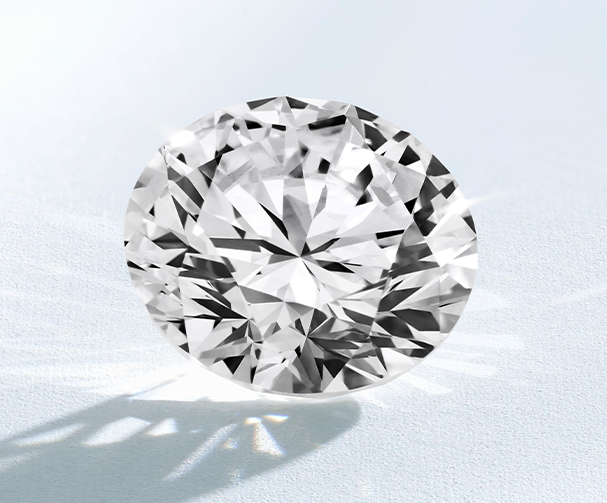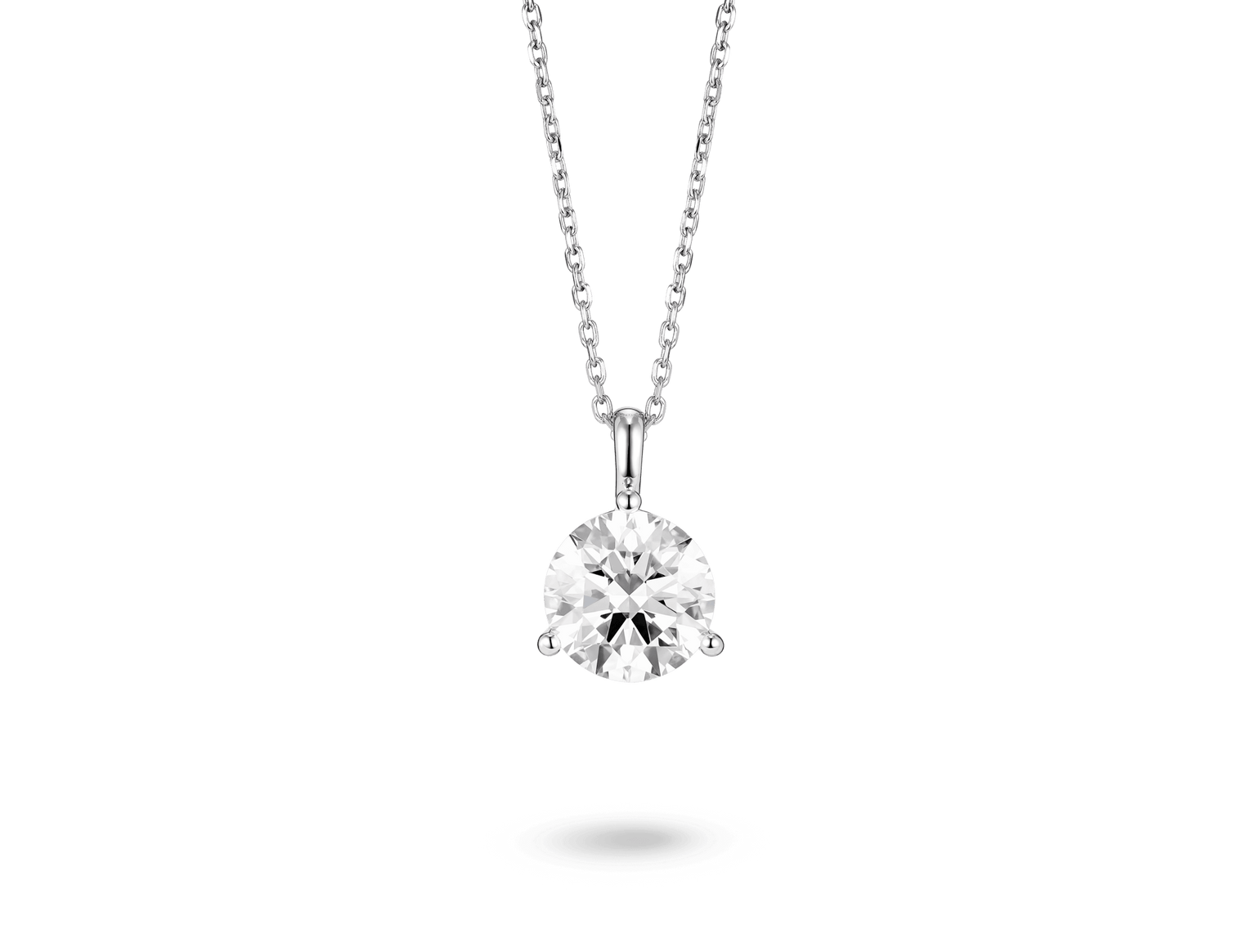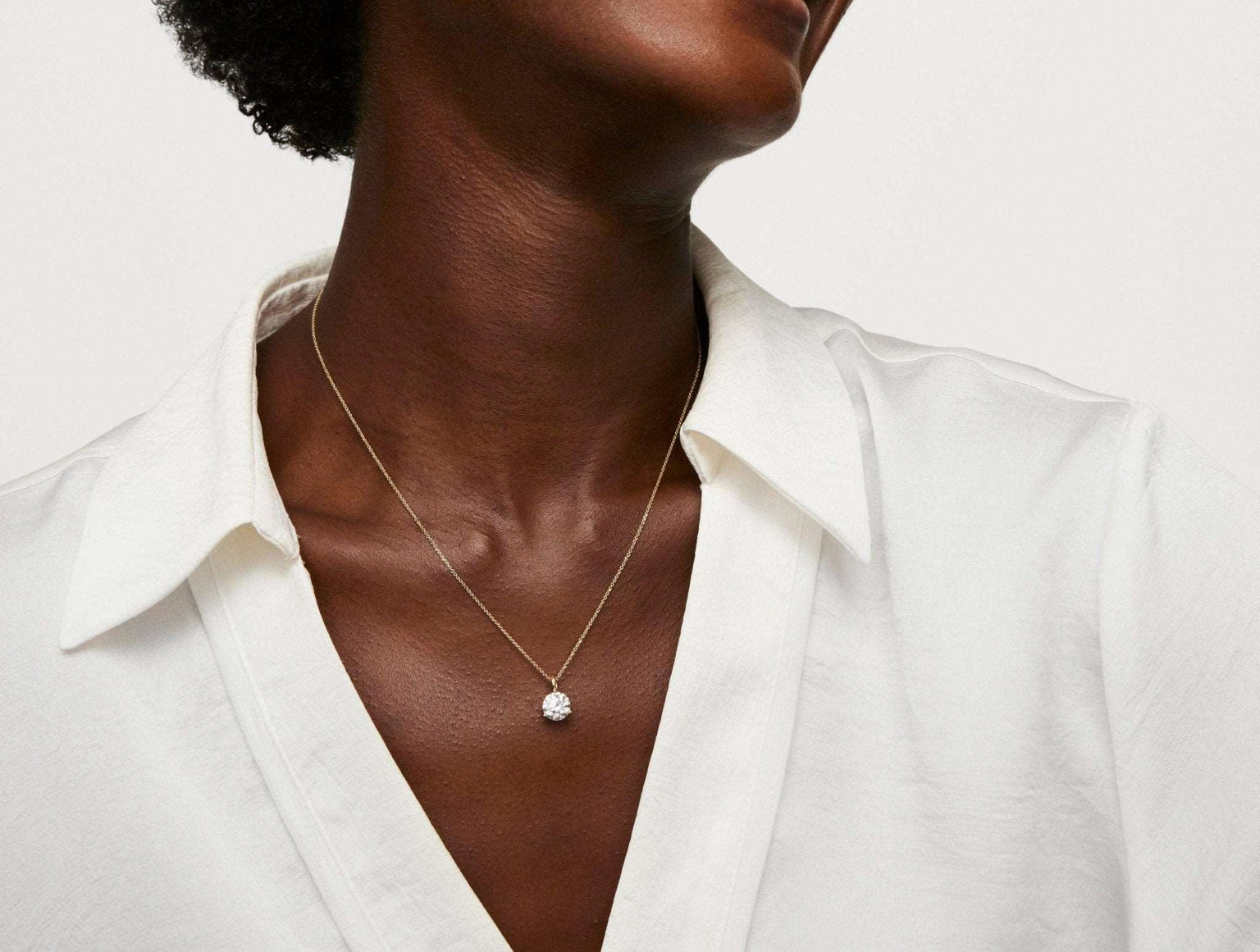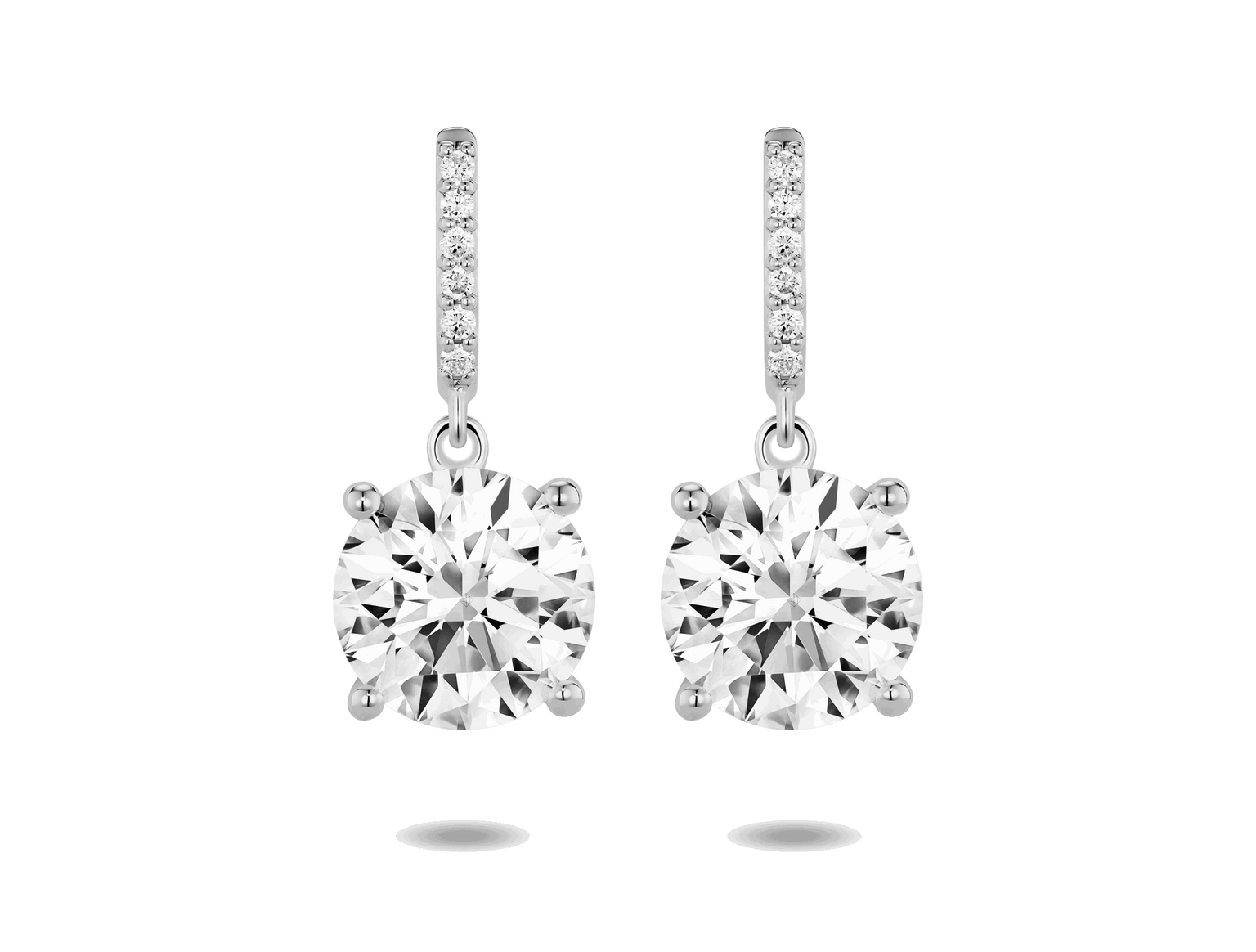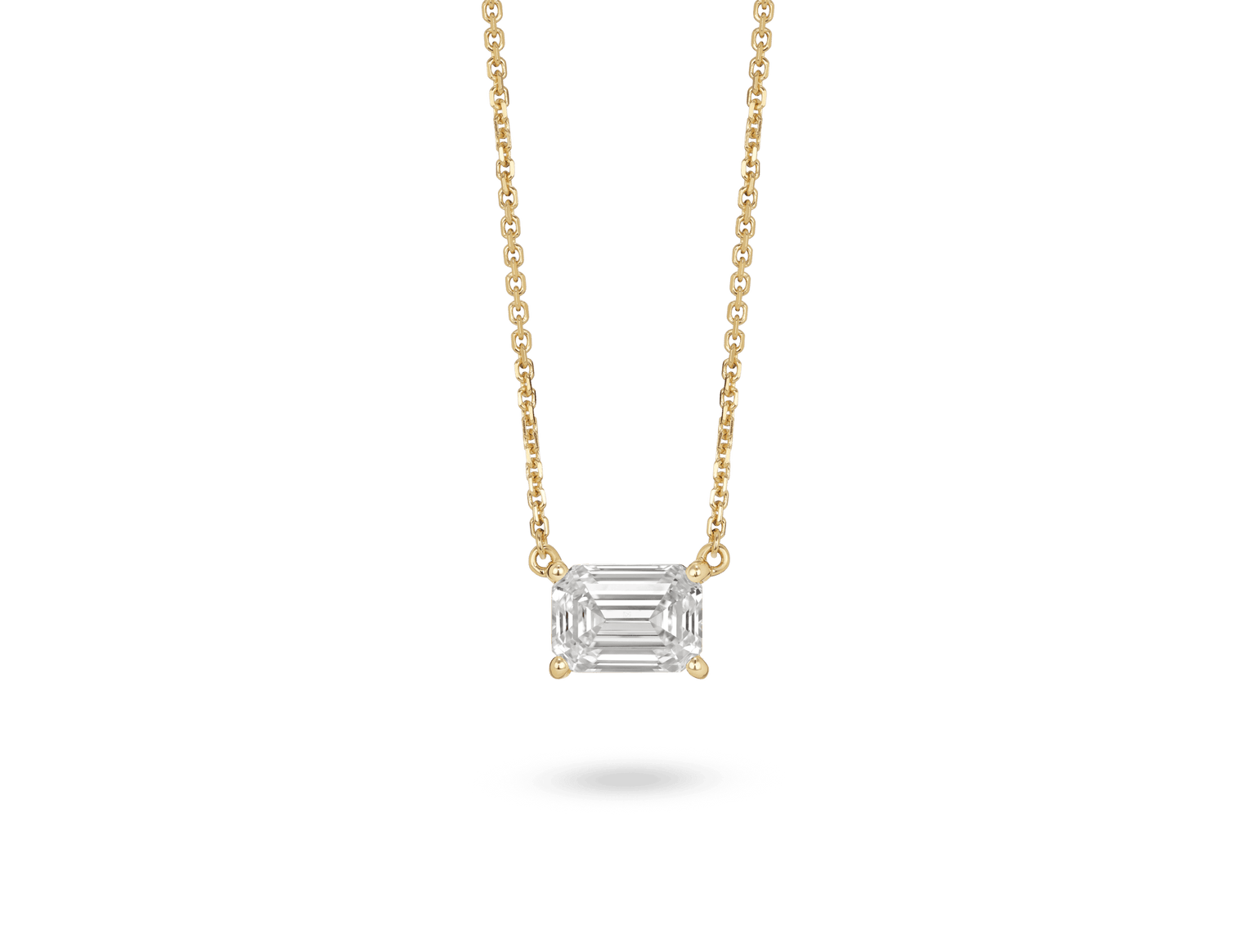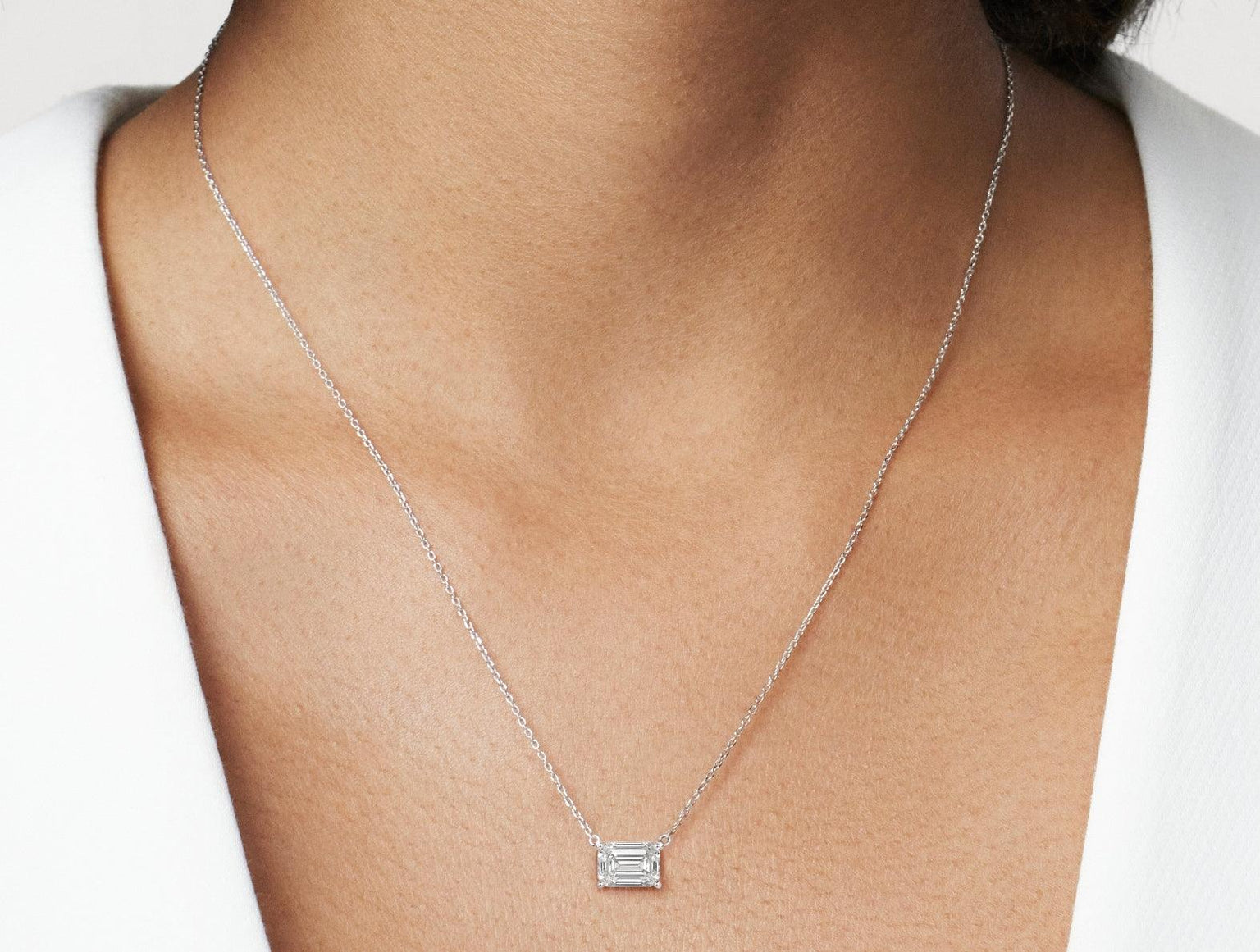It’s hard to argue with the universal appeal of white gold: It’s a versatile metal, stuns alongside white natural and lab-grown diamonds, makes colored diamonds pop, and is durable enough for daily wear. So whether you’re exploring metal types to find what’s best for you, or you want to learn more about white gold composition for your current collection of jewelry, this introduction to white gold and guide will fill you in on this perennially popular metal.

What is white gold made of?
White gold composition is an alloy, or mix, of pure 24-karat gold and at least one other element, like nickel or palladium, copper, silver, and zinc. White gold is typically sold as 10-karat, 14-karat, and 18-karat gold; these numbers distinguish how much pure gold is alloyed. This blend is what gives white gold its steely, white color.
History of white gold
According to the Gemological Institute of America (GIA), while the origins of white gold aren’t exactly certain, there was a patent filed for the metal mixture in 1913. When the U.S. government declared platinum a strategic metal during World War II and barred it from civilian applications, white gold became the de facto choice for diamond jewelry, especially for everyday wear.
Pros and cons of white gold
There are many benefits to choosing a precious metal, like white gold, for everything from celebrating a much-deserved promotion to holiday gifting. To start, it plays well with others. White gold complements colorless natural and lab-grown diamonds because it’s an elegant setting for a fabulous stone, allowing the diamond to take center stage. Gemstones reflect the metal in which they’re set, so a high karat yellow gold band or setting might give a white diamond a yellow-ish tint under close observation or through a jewelry loupe.
That being said, white gold is not the most robust metal on the market. When it comes to being scratch- and dent-resistant, white gold is more durable than yellow gold, but it isn’t as sturdy as palladium, which is another white metal that belongs to the platinum family. Still, even though it’s not the strongest metal of the bunch, it is more than suitable for everyday pieces that incur wear and tear.
White Gold and Nickel: What to Know
Often, white gold is alloyed with nickel. However, Lightbox only uses nickel-safe alloys that have been tested to meet the highest industry standards.
Rhodium plating and white gold
One way to keep the bright hue of white gold looking out-of-the-box new is to add a rhodium plating to the stone’s setting. Rhodium plating is a very common top plate on silver and white gold jewelry, as it improves durability, it is scratch- and tarnish-resistant, and adds shine. Did you know that rhodium is a precious metal in the platinum family, and it is even more precious than gold? Depending on how often you wear your jewelry and follow proper care instructions, pieces with rhodium plating might need to be replated every couple of years. While Lightbox doesn’t offer rhodium plating, almost any local jeweler can take care of this for a small fee.
Caring for white gold
Beyond taking your jewelry to be re-rhodium plated, the care for white gold doesn’t differ from any other type of gold. If you’re looking for jewelry care tips, reference our guide to jewelry care and cleaning.
How to style white gold jewelry
Mixing metals is an eclectic way to incorporate white gold into your collection of stylish jewelry. White gold is a classic, luminous metal that appears bright next to warmer settings like yellow gold and rose gold, which is why it’s a common base for statement jewelry. If you’re building a bracelet or ring stack, start with white gold or white diamonds as your base and add rich tones of gold or semi-precious stones along the way.
Skin tones with cool undertones tend to couple well with white gold jewelry but don’t overthink it and just let self-expression be your goal.
What is the difference between white gold and platinum?
White gold is more price-conscious than platinum, which just so happens to be one of the most expensive metal options on the jewelry market. Platinum is a sturdier jewelry metal when compared to white gold, yellow gold, and rose gold. But that extra strength comes with a significant weight increase.
Platinum’s density is a benefit when it comes to durability but that density can make it a challenge to work with, which can drive up the cost. While Lightbox plates its white gold in rhodium to give it a bright white polished finish, platinum can sometimes appear gray to the eye.
For now, Lightbox doesn’t offer platinum as a setting for our lab-grown diamonds but, just like our lab-grown diamonds, the future is bright.
White gold pricing
White gold, rose gold, and yellow gold are priced similarly when the karat weight is the same, so focus on picking the metal you like the most and that works with your existing collection and complexion. Since white gold is often plated with rhodium, 14-karat and 18-karat white gold will look similar to the naked eye so choosing 14-karat gold can be a good choice for price conscious shoppers.
Lightbox is committed to transparent pricing, and when you click the product details on the shopping page, we’ll give you a clear breakdown of how much you’re spending on the diamond and the setting.
Now that you’ve mastered the basics of white gold, are you ready to go for the proverbial gold with other shades? Check out our guide to rose gold, or get one step closer to master jeweler status with our guide to understanding the differences between gold vermeil, gold plated and gold-filled jewelry.



